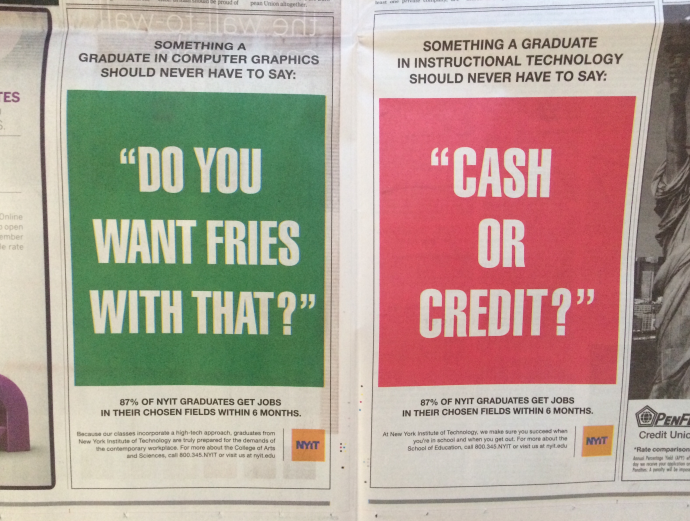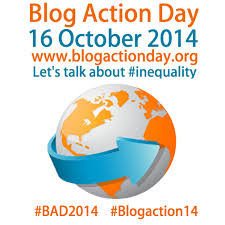Couple of things.
There is a new tech writer gaining momentum. His name is Farhad Manjoo and he writes the “State Of The Art” column in The New York Times. Read him, you will get smarter. Since the half-funny, very good tech analyst David Poque left the confines of the Times for Yahoo, I’ve been seeking a Walter Mossberg-like writer at the Times. Mr. Manjoo may be it. He’s bold, thoughtful, not averse to homework and understands the tech user. Great writers are prescient when it comes to trends and usability, so let’s see if he can keep it up.
His column today was about Amazon. And that’s the second thing. Everybody knows Jeff Bezos is a tech top dog. Amazon’s journey has been fun to watch. Unlike Microsoft, whose cash cow(s) allowed it to buy and launch a number of public duds, Mr. Bezos has launched a luncheonette’s worth of products with varying degrees of success. From books to retail to devises to video and shipping, Amazon touches more consumers in more ways than most brands. Add to that Mr. Bezos move into publishing and one can assume the data he retrieves and the behaviors he notes are preparation for other very interesting plays. But unlike Microsoft, Amazon doesn’t get dinged in the press and among tech elites.
The difference between Amazon and Microsoft is that Microsoft pizzled away money on new endeavors but always kept a huge bank — Amazon on the other hand continues to lack any meaningful profit.
As a brand planner, Amazon confounds me. As a consumer and business dude I really like them. For a first-to-market company, they do a lot of second-to-market things.
Messrs. Manjoo and Bezos are players. And both are going to be exciting to watch. Peace.





